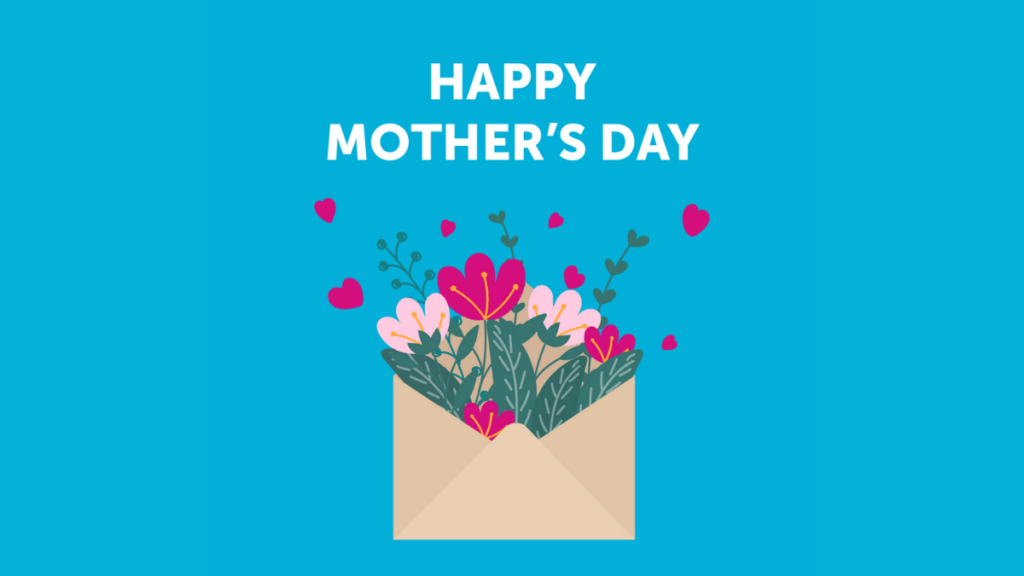Your Black Friday quick wins guide

Black Friday: what we know
Black Friday, closely followed by Cyber Monday – and Cyber week – is the global retail sales event that officially kicks off the lucrative holiday season. A strong performance here sets you up for a successful holiday period, through to the new year and beyond.
Read on for exclusive insights taken from the millions of campaigns sent from the Dotdigital platform during last year’s Black Friday weekend. Alongside fresh research conducted this year with both marketers and consumers, we outline four winning tactics for your most successful Black Friday yet.
The numbers
This year, Black Friday lands on Friday 28 November. Black Friday is no longer confined to the Friday after Thanksgiving. In 2024, Dotdigital saw a 5% year-on-year increase in email volume throughout the whole month of November. In 2023, Cyber Monday fell in November, but in 2024 it shifted to December. Even without that key sales day, November 2024 still saw a big rise in sends, highlighting the growth of month-long Black Friday promotions.
When looking at a month-on-month change, the number of emails sent in November increased by 14% compared to October.
On Black Friday itself, 365 million emails were sent using the Dotdigital platform, an 8% increase on Black Friday 2023.
The 4-day weekend, including Black Friday and Cyber Monday, saw 14% more emails sent year-on-year, and Black Friday remains the highest send day of the bumper weekend.
Quick win tip 1: Make it personal and relevant
The data
Our customer loyalty survey of 3,000 consumers revealed that while a huge 78% of consumers feel brands personalize their marketing at the right level, only 23% consider those messages to be truly relevant.
Personalization vs. relevance: What’s the difference?
- Personalization = how the consumer’s personal data (like name, birthday, or location) is used in marketing
- Relevance = whether the ad, email, or mobile message actually matches their current needs, interests, and behaviors
Personalization helps with engagement, trust, and relationship building, and having relevant content that appeals to the current needs and interests of the customer will drive sales.
Tools to help: Customer modeling tools offer great insights into your customer base. Engagement, recency, frequency, and monetary value are measured by eRFM tools and identify different customer groups and their needs, so you can decide how often and how early to target each group. You can then create relevant campaigns that will appeal directly to your different customer groups, for example, a ‘needs nurturing’ segment of currently unengaged customers will require an approach that is very different from your frequent and loyal shoppers known as ‘champions’. Unengaged customers can be won back over Black Friday with strong discounts and relevant ‘we miss you’ messaging, while your loyal customers will respond well to messaging that celebrates them as a VIP and offers exclusive early access or other perks to reflect their status.
Top tip: Many marketing tools now have AI features to help you better understand your customers. Make use of these! Within the Dotdigital platform, you can use AI insights like predictive analytics to see a customer’s predicted next purchase date and create a segment of customers due to purchase anytime throughout November. Use personalized product recommendations such as ‘best next’ (which analyzes recent purchases and shows what similar customers went on to buy next) and ‘also bought’ (which shows what similar customers often bought at the same time). You can be proactive and generate anticipation for Black Friday by including these product recommendations in a campaign that encourages your customers to build Black Friday wishlists and sign up for early sale access to sales.
Quick win tip 2: Use mobile messaging for fast engagement
The data
SMS (short message service) sees a click-through rate (CTR) over 6 times higher than email. Our 2025 Global benchmark report found that in terms of SMS list growth over the year, October had the highest list growth at 0.68%, conversely, December had the lowest growth at 0.07%. This shows that marketers are focused on growing SMS lists in time for peak season, and customers are willing to share.
Dotdigital platform data also shows that there was a 22% uplift in SMS sends throughout the November sales season. December then saw a drop of 6% compared to November, and January saw an even steeper drop of 21%, proving that the holiday season is SMS season.
How to boost SMS contact lists
Use website popovers and in-email SMS capture blocks to encourage your audience to share their phone number. As a phone number can feel more personal than an email, be sure to offer a stronger incentive than you offer for email signups, e.g., a stronger discount or free next-day delivery in exchange for sharing their number with your brand.
Clearly explain the benefit of signing up for SMS marketing to the customer and tap into FOMO (fear of missing out) by highlighting that SMS alerts are the perfect way to learn about Black Friday flash sales and limited offers in time and get products before they sell out.
Tools to help: SMS campaigns are super quick and easy for you to make, making them perfect for any last-minute promotions you want to get out fast. Dotdigital’s WinstonAI is the AI engine that sits within our platform to lend a helping hand at every stage. It allows you to convert an email campaign into an SMS campaign in one click.
Top tip: Remember that SMS campaigns are a lot more intrusive than email, often popping up on a user’s lock screen, accompanied by their ringtone if they’re not in silent mode. Be mindful of send times and always check out the local SMS marketing regulations for the region you’re sending to.
Quick win tip 3: Let AI reduce your workload
The data
You probably don’t need us to tell you that AI is changing how marketers work. 44% of marketers say AI has made them more effective, and 39% of marketers say AI has directly supported the ideation and creation aspects of their role.
Interestingly, when looking at our 2024 data, over the four days that make up the Black Friday and Cyber Monday weekend, Cyber Monday saw the highest use of our generative AI tools. This included the use of WinstonAI’s subject line assistant, grammar check, and copy rephrase. It’s safe to say that by Cyber Monday, marketers were tired and out of witty copy ideas – we totally feel you.
Ways to optimize with AI this holiday season
- Running A/B tests is highly recommended when sending a high volume of emails. AI’s generative copy capabilities can rewrite your copy with tone or length changes to provide alternative test versions quickly
- Create a variety of subject lines with AI and A/B test every send to make each email more engaging than the last
- Let the data lead you and use predictive insights (e.g., a customer’s predicted next purchase date) to target high-intent customers with relevant campaigns and offers
- Use AI translation tools to launch multilingual campaigns fast and reach new markets
- Use one-click campaign generation to turn your emails into SMS campaigns for cross-channel reach that doesn’t add to your workload during the busy holiday period
Tools to help: There are just too many AI tools to cram in here – it’d turn into an entirely different guide. (Good news: we’ve already made one of those!) For the full lowdown of all of Dotdigital’s AI marketing tools, check out our AI playbook.
Top tip: Our AI prompt checklist shows you how to write clear prompts that will speed up editing and keep your brand’s tone of voice sharp, human, and on point.
Quick win tip 4: Add peer reviews to boost trust
The data
Black Friday often attracts new customers who are actively searching for the best deals, rather than shopping with a specific brand in mind. Many are also doing their holiday shopping and buying gifts for loved ones, not just shopping for themselves. This means you’ll have lots of people browsing your site who may not know or trust your brand yet.
Our recent consumer survey asked ‘what would encourage you to buy when in doubt about an online purchase?’ and the top answer was peer reviews. 55% of Gen Z, 53% of Millennials, and 50% of both Gen X and Baby Boomers all said that seeing peer reviews encourages them to buy online.
How to build instant trust
Consumers naturally trust their peers more than brands, so let your reviews speak for themselves and include them at key conversion points throughout the customer journey, from ads to emails, and especially checkout pages – you don’t want to lose them at the final hurdle.
Shopping with a new brand requires trust, especially in ecommerce, where you’re only seeing a photograph on a website versus seeing and feeling a product in store. Including reviews from people your audience can trust creates a smoother path from interested to ordered.
Tools to help: Dotdigital works with leading review partners, including Trustpilot, Reviews.io, and Yotpo so that you can easily include social proof in your campaigns. You have the flexibility to choose which reviews will pull through to your campaign and the format they will take. You can see our full list of reviews and user-generated content (UGC) integration partners here.
Top tip: Match your social proof to the moment. In a welcome email, a user-generated content (UGC) carousel like ‘As seen on you’ featuring tagged Instagram photos can showcase your community and brand personality. Later in the journey, adding star ratings to products in an abandoned cart email reinforces trust right at the point of decision.
Black Friday 2025
Last year’s data paints a bright future for Black Friday. While talk of ‘Black Friday fatigue’ is never far away, our research shows that customers are still hungry for the right kind of engagement.
Relevancy and peer reviews continue to drive trust, mobile messaging is the fastest way into your customers’ hands (with the click rates to prove it), and AI is smarter than ever – ready to save you time and improve your 2025 campaigns.



